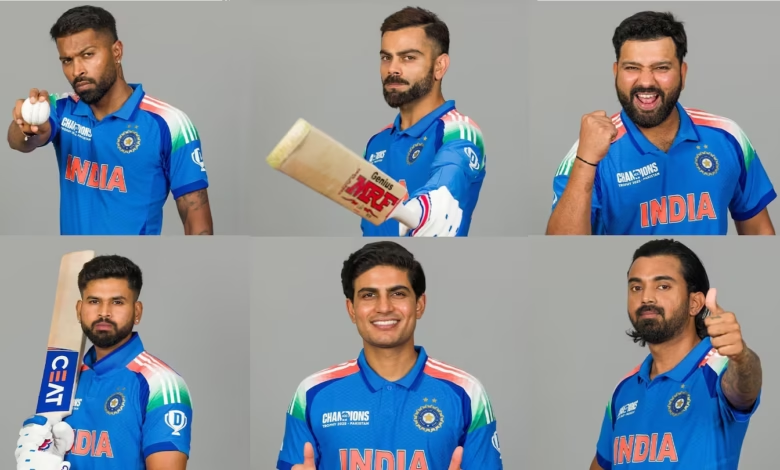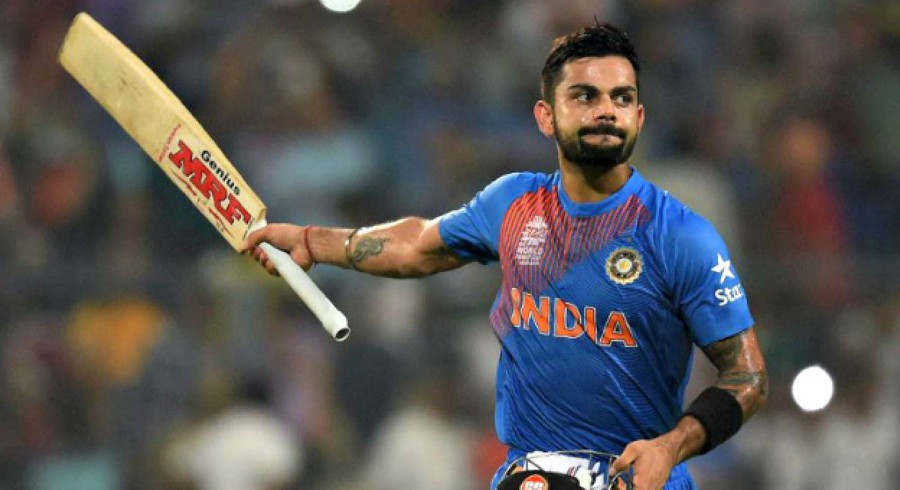Indian Cricketer: The Spirit, Talent, and Passion of India’s Cricketing Icons

Introduction: The Legacy of Indian Cricket
Indian Cricketer When you hear the term Indian cricketer, the mind instantly drifts to a mix of passion, dedication, and national pride. Cricket in India is not just a sport; it’s an emotion, a cultural phenomenon that binds over a billion people together. Every Indian cricketer, whether a rising star or a legendary veteran, carries the responsibility of representing this emotion on the global stage. The sheer scale of expectations and love from fans makes Indian cricket a unique chapter in the history of sports.
The role of an Indian cricketer is far more than simply playing matches. They become ambassadors of hope, resilience, and hard work. Every time they walk onto the pitch wearing the iconic blue jersey, they carry the dreams of an entire nation. This journey from being a local talent to a national hero is filled with challenges, sacrifices, and remarkable moments that leave a permanent mark on the sport.
From the golden era of Sunil Gavaskar and Kapil Dev to the modern brilliance of Virat Kohli and Rohit Sharma, Indian cricketers have shaped the narrative of cricket in ways that inspire generations. Each one brings their own style, personality, and story, making the cricketing landscape as diverse as the country itself.
The Early Days: How Indian Cricketers Begin Their Journey
The making of an Indian cricketer often starts in the dusty fields, narrow lanes, and crowded parks of India. Unlike countries where cricket is just another sport, in India, it is played everywhere—on rooftops, in backyards, and on school grounds. This widespread love for the game creates a pool of raw talent waiting to be discovered.
Most Indian cricketers have humble beginnings. They face not just the challenge of learning the game, but also balancing education, family responsibilities, and sometimes financial struggles. For many, joining a cricket academy is the first big step towards professional cricket. Here, they sharpen their skills, understand the technical aspects of the game, and most importantly, learn discipline.
What makes this journey fascinating is the diversity of backgrounds from which players emerge. Some come from big cities with access to better facilities, while others come from small towns with little more than a single cricket bat and immense determination. Yet, this blend of backgrounds enriches the team’s character and style of play.
The Evolution of the Indian Cricketer: From Test Whites to T20 Kings

Indian Cricketer Over the decades, the image of the Indian cricketer has evolved dramatically. In the 1970s and 80s, cricketers were seen as traditional, technically solid players, mostly excelling in Test cricket. They were admired for their patience, grit, and ability to hold the crease for long hours. Players like Sunil Gavaskar and Mohinder Amarnath embodied this old-school approach.
Then came the 1990s—a transformative era with the rise of players like Sachin Tendulkar, Sourav Ganguly, and Rahul Dravid. The Indian cricketer began to blend classical technique with aggressive stroke play. The nation saw its team become competitive not just at home but on foreign soil as well. This period also saw a shift in fitness standards, training methods, and media attention.
Today’s Indian cricketer is a complete package—fit, aggressive, versatile, and media-savvy. With the rise of T20 cricket and leagues like the IPL, they are trained to switch formats effortlessly. They can adapt from the slow grind of Test matches to the high-pressure, fast-paced nature of T20 games. This adaptability has made India a powerhouse in all three formats.
Iconic Indian Cricketers Who Shaped the Game
It’s impossible to talk about Indian cricketers without mentioning some of the legends who have left an everlasting impact on the game.
1. Sachin Tendulkar – Known as the God of Cricket, Sachin is arguably the most celebrated cricketer in history. His records, humility, and longevity in the sport make him a role model for millions.
2. Kapil Dev – The man who led India to its first World Cup victory in 1983, Kapil changed the nation’s belief in winning on the biggest stage.
3. MS Dhoni – Cool under pressure, Dhoni brought India the T20 World Cup (2007), the ODI World Cup (2011), and the Champions Trophy (2013), all while redefining captaincy.
4. Virat Kohli – Known for his passion and fitness standards, Kohli symbolizes the modern, aggressive Indian cricketer who thrives under pressure.
5. Mithali Raj & Harmanpreet Kaur – While men’s cricket often takes the spotlight, these women cricketers have elevated Indian women’s cricket to new heights, inspiring a whole generation of young girls.
Each of these players brought something unique—whether it was technique, leadership, mental toughness, or the ability to inspire millions. Their legacy continues to influence young cricketers today.
The Challenges of Being an Indian Cricketer
While being an Indian cricketer might seem glamorous, the reality is far from easy. The pressure of expectations is immense—every performance is scrutinized by millions of fans and thousands of media outlets. A single poor performance can lead to harsh criticism, while success often brings overwhelming adulation.
Another challenge is the intense competition. India has a huge talent pool, meaning even the smallest dip in form could cost a player their place in the team. This forces players to constantly improve their skills, fitness, and mental game.
Additionally, the physical demands are extreme. The modern cricket calendar is packed, with little time for rest between international matches, domestic tournaments, and franchise cricket. Managing injuries and staying fit becomes as important as batting or bowling skills. Despite all this, Indian cricketers remain committed to representing their country with pride.
The Future of Indian Cricket: The Next Generation
The future of Indian cricket looks bright, thanks to the growing number of young talents making their way into the team. Players like Shubman Gill, Yashasvi Jaiswal, and Shreyas Iyer are already proving that they can handle the pressures of international cricket. The country’s strong domestic structure and youth programs ensure a continuous supply of fresh talent.
Technology is also playing a role in shaping the next generation. Video analysis, data-driven performance tracking, and modern fitness regimes are helping young players refine their skills faster than ever. They are entering the international stage more prepared, confident, and versatile.
Moreover, the influence of the IPL cannot be ignored. Young cricketers now get the opportunity to share dressing rooms with global stars, gaining experience and exposure that earlier generations could only dream of. This is creating a new breed of Indian cricketer—fearless, innovative, and capable of dominating the game in any format.
Conclusion: The Everlasting Impact of an Indian Cricketer
An Indian cricketer is not just a sportsman; they are a storyteller of dreams, hard work, and national pride. Their journey reflects the aspirations of millions and showcases how talent, when combined with determination, can achieve greatness. Whether it’s lifting the World Cup, scoring a century at Lord’s, or inspiring the next kid playing cricket in a small lane, their impact is immeasurable.
The evolution of the Indian cricketer tells us that while the formats, techniques, and styles may change, the heart of the game remains the same. It’s about representing a nation, carrying its hopes, and leaving a mark on the game for generations to come. And as long as cricket is played in India, the legend of the Indian cricketer will only continue to grow.



